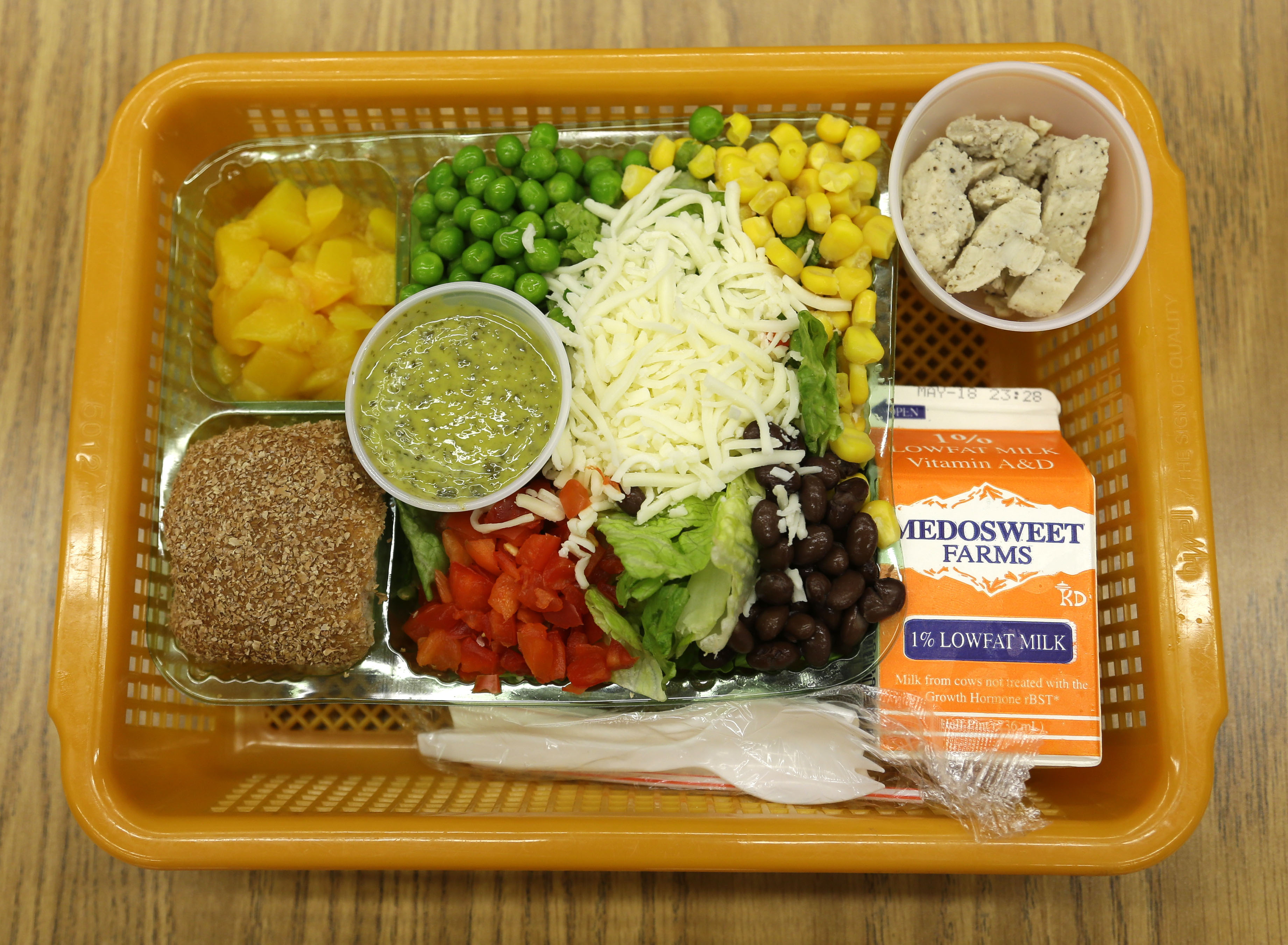WASHINGTON — Winter can be prime time for pinkeye, the most common eye infection seen in children.
It happens when the conjunctiva — the outermost layer of the eye and the inner surface of the eyelid — becomes inflamed, its swollen blood vessels turning the white of the eye red or pink.
Technically known as conjunctivitis, this condition can have a number of causes. Most of the year, it is the result of allergies to things such as dust or pollen, or a reaction to chlorine in a swimming pool.
But in the winter, it is more likely to be the result of a bacterial or viral infection that is passed by direct contact.
“The difference between allergic conjunctivitis and an infectious one — the viral or bacterial — is the presence or absence of discharge,” says Dr. Mohamad Jaafar, chief of ophthalmology for the Children’s National Health System.
The telltale discharge that accompanies a bacterial or viral infection can cause the eyelashes to be crusted with a yellowish or greenish goo. The darker the color, the more likely bacteria is the problem.
Antibiotics are usually the treatment of choice for bacterial infections, which are far more common. A viral infection tends to go away on its own over time, much like a virus that causes a cold.
But until that discharge disappears, a child with bacterial or viral conjunctivitis is extremely contagious.
“The child should stay out of contact as long as there is discharge,” says Jaafar, adding that once treatment is started, the discharge should go away in a day or two.
He stresses that these forms of pinkeye are passed only by direct contact — by a child touching his inflamed eye and then touching someone else.
That is why hand washing is so important to blocking transmission of conjunctivitis — perhaps even more so than to stop the spread of colds and flu, which can be transmitted by air.
Jaafer says all members of a family need to step up their hand hygiene if one person comes down with viral or bacterial pinkeye. He suggests keeping an affected kid apart from siblings as much as possible, and washing towels and bed linens used by that child separately.
Jaafar advises parents who think their child may have been exposed to pinkeye in school or elsewhere to keep a close watch, and call their pediatrician at the first sign of eye redness or telltale discharge.
He says if caught early and treated properly, pinkeye is more of an inconvenience than anything else. There is a very slim chance the infection could spread to other parts of the eye — especially if a child with bacterial conjunctivitis goes untreated — but Jaafar says those cases are very rare.






